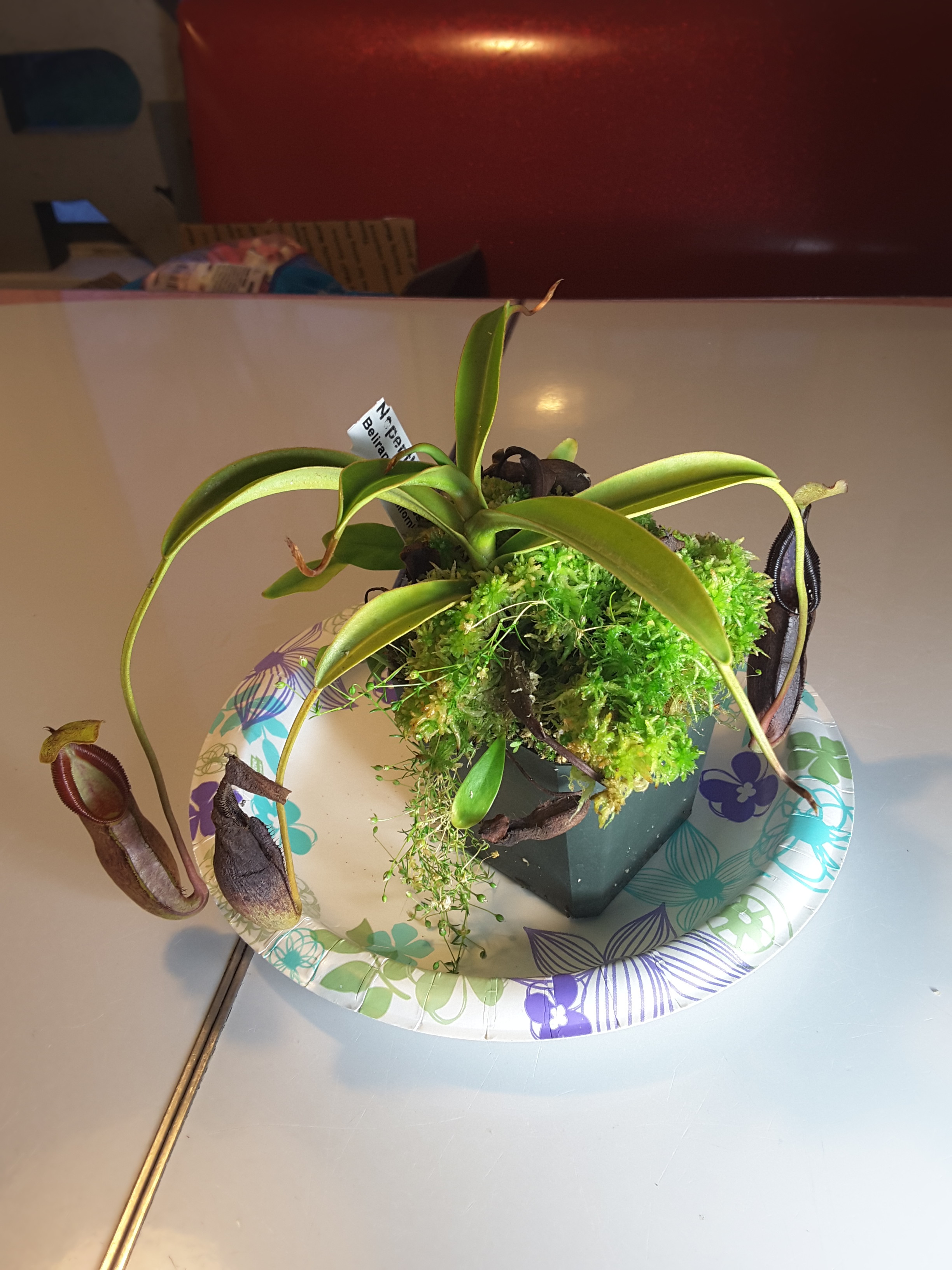
Nepenthes singalana cultivation and pictures
Nepenthes singalana
“Mt. Belirang” and “Mt. Tujuh”
Pitcher plant species: Sumatra, Indonesia
Altitude: 2000-2900 meters above sea-level (~6560-9510 feet)
Nepenthes singalana is one of the Sumatran toothy species of pitcher plant that is found on the island of Sumatra in south-east Asia. This is species is cloesly related to Nepenthes diatas and spathulata. I have two different location forms of this species, both have dark purple pitchers with a toothy peristome. According to Borneo Exotics, where the clones originate from Mount Belirang is the “broad pitcher form” and the plants from “Tujuh” have a narrow pitcher and less flared peristome. My experience is limited at this point I have only had the Mt, Tujuh for a few months I will update this page with more comparison notes, when I have more experience. So far the version from Mt. Belirang has proven an easy grower pitchering on every leaf in a mixture of T5HO and natural light with no humidity controls.
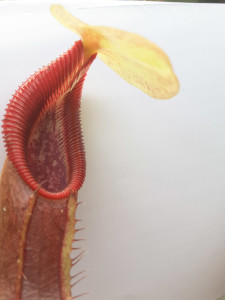
My second clone of Nepenthes singalana “Belirang” showing it’s famous toothy peristome. [Photo: April 9, 2016]
Nepenthes singalana Care and observations
- Easy to grow species, can thrive on the windowsill without added humidity.
- Likes to pitcher in waves, I have noticed that it has a rhythm where the plant will wait until it has multiple new leaves and then drop its old pitchers before finally inflating the new pitchers at the same time, or in near succession.
- It is available worldwide in tissue-culture so they are relatively inexpensive for this species around $20 and up depending on the size.
- Both locations, like most Nepenthes species are highly variable in color can range from green to purple almost black.
- Used in many hybrids and adds spectacular color, shape and teeth to the progeny.
Find more information at Nepenthes singalana wiki
If you want to learn more about cultivation of carnivorous plants, I highly recommend the comprehensive grow guide The Savage Garden, Revised: Cultivating Carnivorous Plants by Peter D,Amato. It is very easy to follow and reference and contains pictures and cultivation techniques for every genus of carnivorous plants.
If you want to learn more about Nepenthes or other pitcher plants, and see pictures of these spectacular species in the wild, I highly recommend reading Pitcher Plants of the Old World Volume One and Pitcher Plants of the Old World Volume Two
by Stewart McPherson it is over 1000 pages about nepenthes and cephalotus.
3 Comments
Please leave any questions or comments below!
I really enjoy this blog. I have it here in my RSS subscriber and I regularly like to read your
new posts.
Thanks I appreciate your feedback!! I will try and get to updating more regularly, let me know if there is anything specific you would like me to write about….
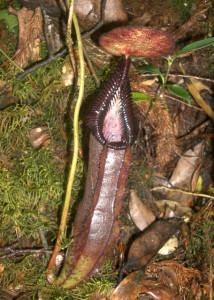
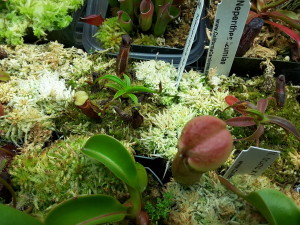
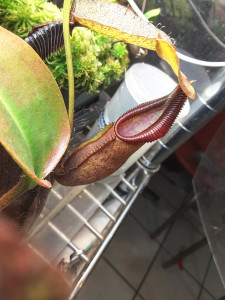
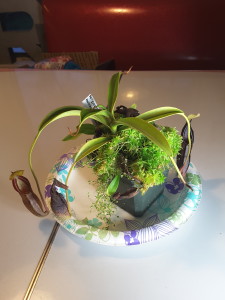
Recent Comments